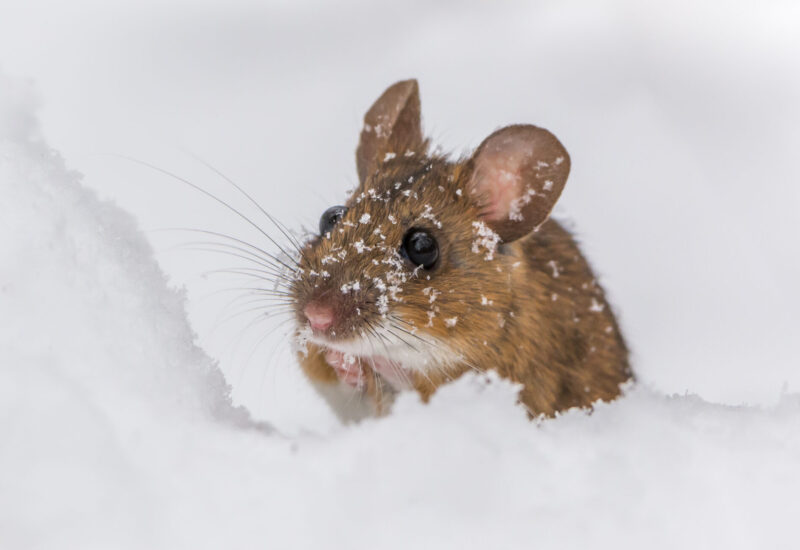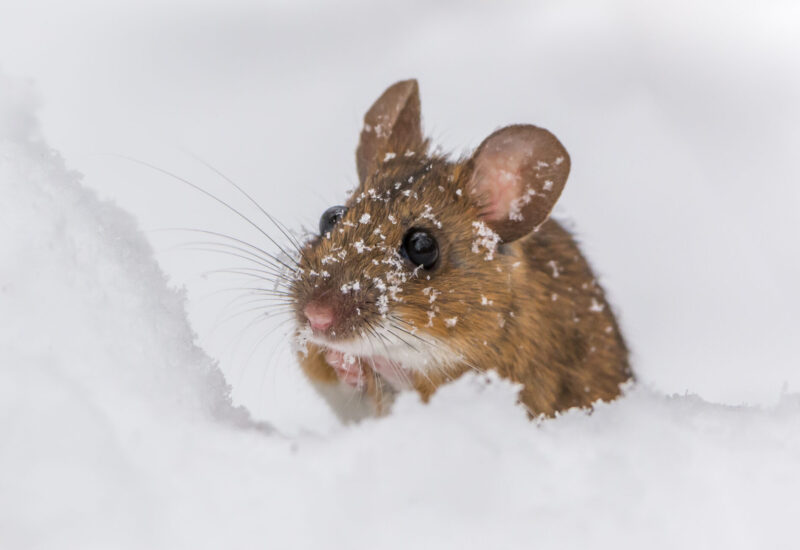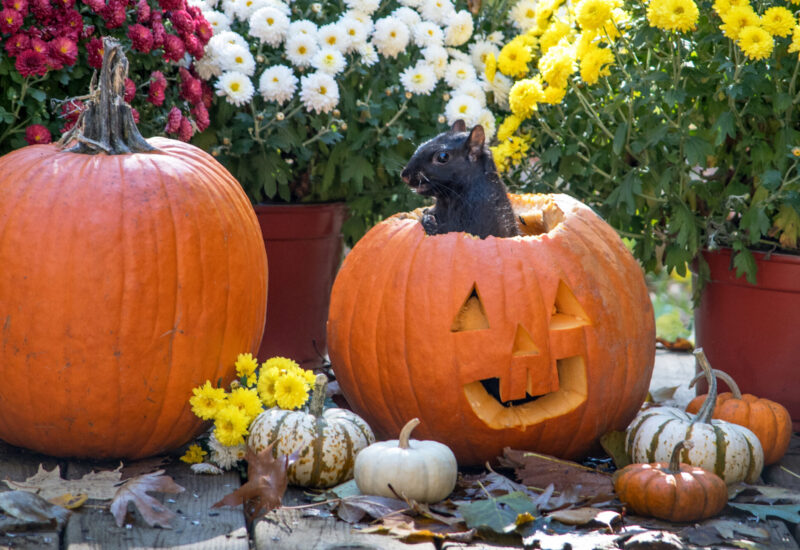What’s the Difference Between a Groundhog & a Woodchuck?

Groundhogs and woodchucks are often mistaken for two different animals, but what people may not realize is that they are actually the same rodent.
Groundhogs (also called woodchucks, whistle pigs, earth pigs, and grass rats) are a larger rodent species most closely related to squirrels. Groundhogs typically stretch about 20 to 27 inches long and weigh between 5 and 15 pounds.
Their brown fur and small, fluffy tails, as well as their fairly dense bodies, help to distinguish them from their relatives — prairie dogs.
Groundhog Habitat
Groundhogs live throughout North America in both the Western and Eastern Regions. Unlike their relatives — beavers, which groundhogs are sometimes mistaken for — groundhogs form their homes in borrows in the ground instead of making their homes by the water.
Groundhogs are also expert diggers. Their burrows have tunnels that extend up to 60 feet, with multiple levels within those tunnels. Because of their size, groundhogs are considered game to larger animals. Having burrows and tunnels to quickly retreat to is a main way to stay safe and out of another animals’ jaws.
Groundhogs, like many mammals, hibernate during the wintertime and are not seen until March. Different than some mammals, groundhogs do not spend their entire hibernation period in deep sleep. Instead, they lower their body temperatures to an all-time low for a week or so at a time. It will then rise for a few days before it drops again. To prepare for hibernation, these loners increase their food intake to fatten themselves up for the winter.
Groundhog Diet
Groundhogs consume about a third of their weight in food each day, living off of a variety of fruits and vegetables, with some of their favorite foods being cherries and blackberries. Groundhogs are often found foraging in home gardens and farmland for a meal. These hungry critters also eat plants such as dandelions, buttercups, alfa, flowers, tree bark, and clover. Nuts, foliage, and ferns are also a part of their dietary range.
Though mainly categorized as herbivores, groundhogs have an omnivorous side. If available, groundhogs will sometimes eat small grub and insects. Groundhogs can also be seen eating snails, eggs, and even small baby birds.
Woodchucks Don’t Chuck Wood
Groundhogs — well, woodchucks — have long been known by the famous tongue-twister: “How much wood could a woodchuck chuck if a woodchuck could chuck wood?”
It’s true: woodchucks don’t chuck wood. Unlike beavers, woodchucks prefer dry land, receiving their water intake from dew or plant moisture.
So why are they termed woodchucks? The word “woodchuck” is said to have been created by the English settlers from what is believed to be an adaptation of the Native American name for the little guys — “wuchak”.
Sounds pretty close, but unfortunately the naming of the animal did nothing for its ability to chuck wood.

Groundhog Claim to Fame
Groundhogs are most commonly known for the annual American tradition that dates back to the 19th century, Groundhog Day.
On February 2 each year, the groundhog awakes, and, as tradition goes, if the groundhog sees his shadow when arising from his burrow, he will turn and go back in, heralding six more weeks of winter to occur. However, If the groundhog does not see his shadow, early spring is predicted.
The Bill Murray comedy film from the 80s, Groundhog Day, took the holiday — and the animal — to perhaps its pinnacle of fame, and luckily it was for something positive and fun, popping up each year for nostalgic comic relief on cable networks and movie channels throughout the country.
Lifespan of a Groundhog
Groundhogs have a lifespan ranging between three and six years in the wild. However, if a groundhog is kept in captivity it’s lifespan is usually triple that of its existence in the wild.
In the wild, a groundhog faces the threat of being eaten by larger carnivorous animals such as wolves, bears, coyotes, eagles, and even snakes. As means of protecting itself and other nearby groundhogs from danger, the groundhog whistles an alert when alarmed. This practice, therefore, has dubbed the groundhog with the name “whistle pig” (groundhogs also whistle during the spring when mating season begins).
What groundhogs do not have to worry about, however, are germs. Known for their cleanliness and resistance to plagues that infect and kill other wild animals, groundhogs live happily without the fear of being taken out by an infectious disease.







